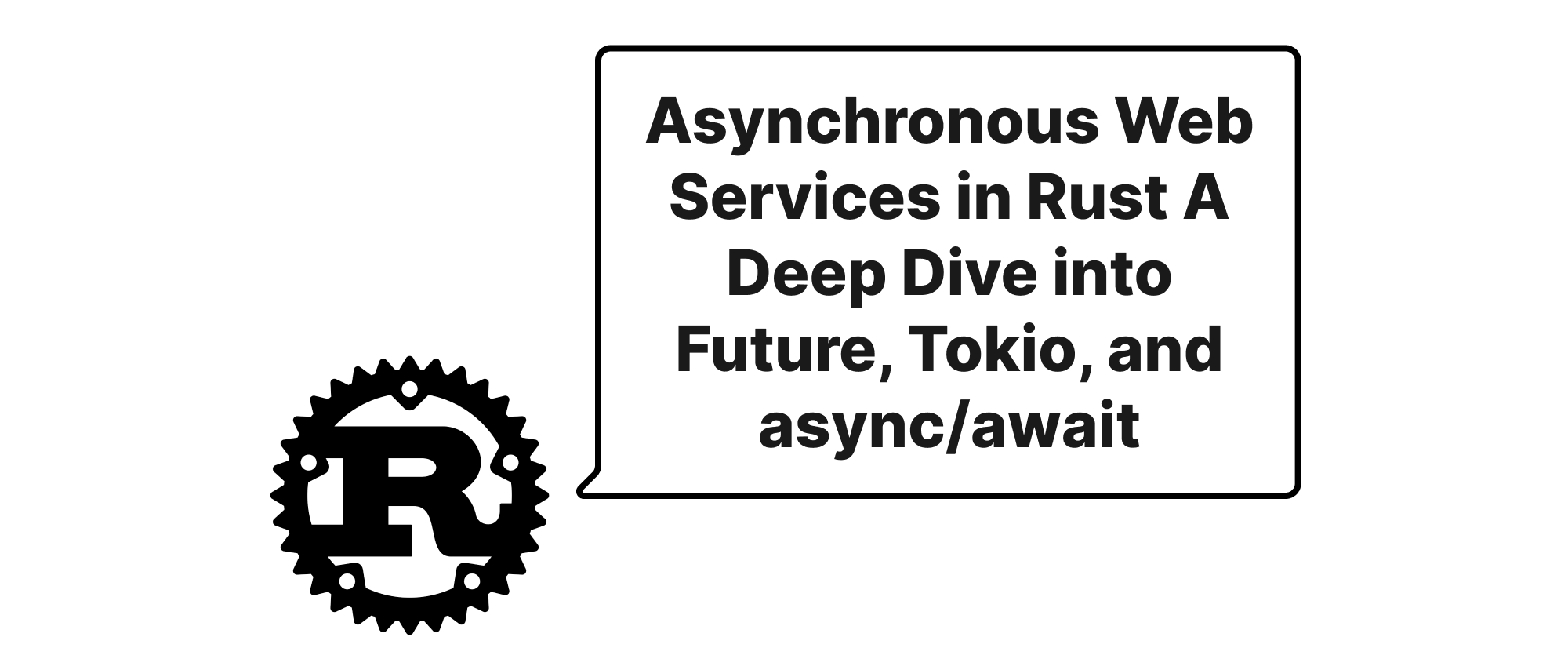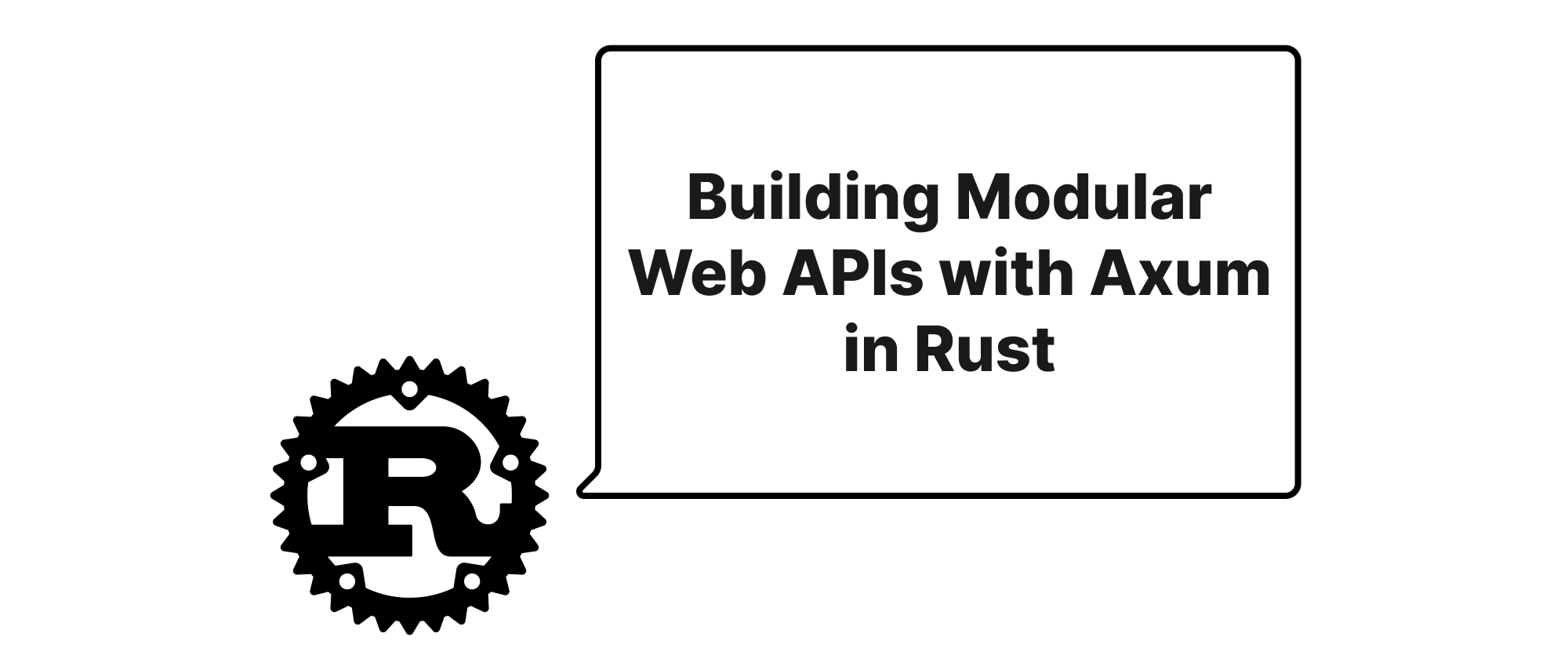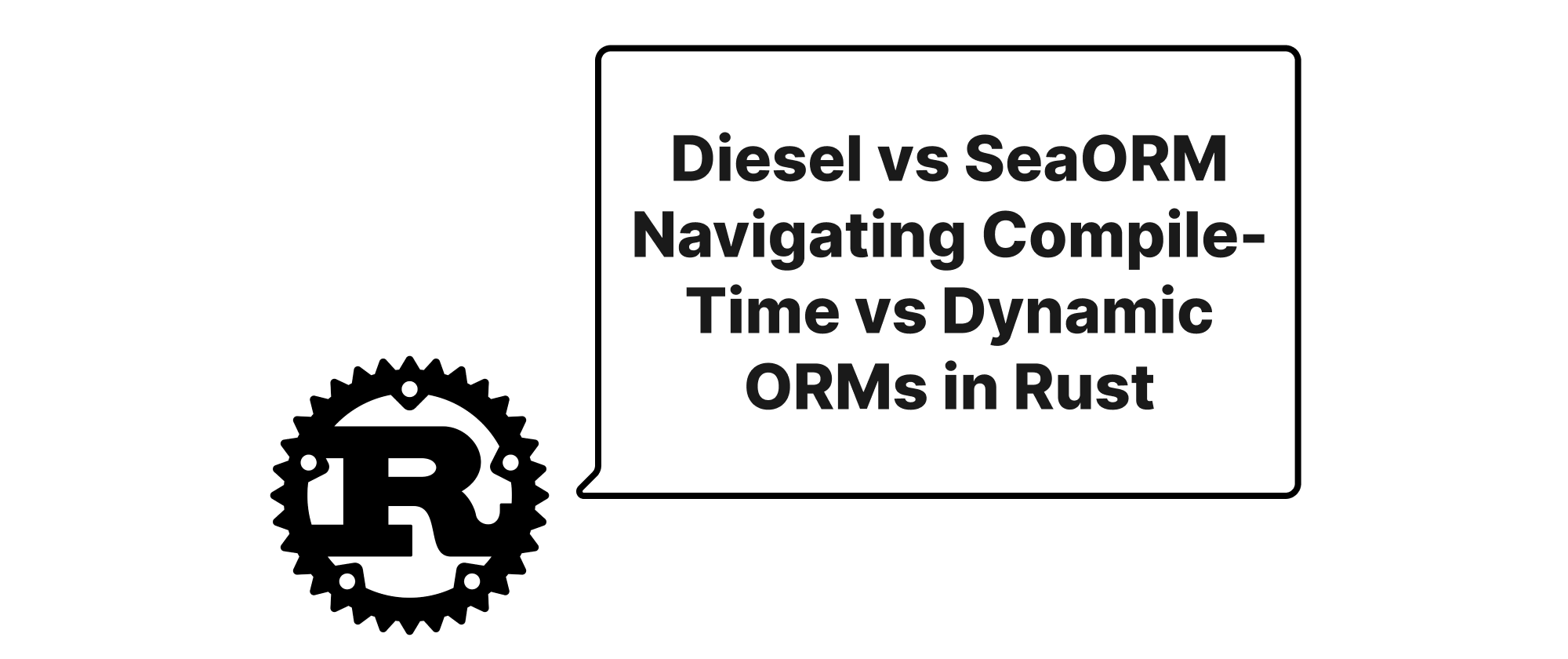Asynchronous Web Services in Rust A Deep Dive into Future, Tokio, and async/await
Takashi Yamamoto
Infrastructure Engineer · Leapcell

Introduction
In the realm of modern web development, responsiveness and scalability are paramount. Traditional synchronous programming models often struggle to cope with the demands of concurrent I/O operations, leading to blocked threads and inefficient resource utilization. This is where asynchronous programming shines, allowing applications to perform non-blocking operations and handle many requests simultaneously without sacrificing performance. Rust, with its strong emphasis on safety, performance, and concurrency, has rapidly gained traction as an excellent choice for building robust web services. The key to unlocking Rust's async potential lies in understanding a trio of foundational concepts: the Future trait, the Tokio runtime, and the async/await syntax. This exploration will delve into these core components, illustrating how they work together to enable efficient and high-performance asynchronous web development in Rust.
Core Concepts Explained
Before diving into the mechanics, let's establish a clear understanding of the fundamental terms that underpin Rust's asynchronous ecosystem.
Future Trait
In Rust, a Future is a trait that represents an asynchronous computation which may complete at some point in the future. It's an enum-like state machine that can be polled to check its progress. When polled, a Future can return one of two states:
Poll::Pending: The future is not yet ready, and the task should be re-polled later.Poll::Ready(T): The future has completed, yielding a value of typeT.
The Future trait's core method is poll(&mut self, cx: &mut Context<'_>) -> Poll<Self::Output>. The Context provides access to a Waker, which is crucial for notifying the executor when the future is ready to be polled again after being Pending. Crucially, Futures are "lazy"; they do nothing until they are explicitly polled by an executor.
Tokio Runtime
The Tokio runtime is an asynchronous runtime for Rust that provides everything needed to run asynchronous code. It's often described as an "async executor" because it takes Futures and "runs" them by repeatedly polling them until they complete. More than just an executor, Tokio provides a comprehensive ecosystem including:
- A multi-threaded scheduler: Efficiently dispatches
Futures across multiple threads. - Asynchronous I/O primitives: Non-blocking versions of common I/O operations (TCP, UDP, files, etc.).
- Timers: For scheduling operations at specific times or after a delay.
- Synchronization primitives: Async-aware mutexes, semaphores, and channels.
Tokio takes care of the intricate details of thread management, task scheduling, and I/O multiplexing, allowing developers to focus on application logic.
async/await Syntax
The async/await syntax in Rust provides a more ergonomic way to write and compose asynchronous code, making it look and feel much like synchronous code.
- The
asynckeyword transforms a function or block into an asynchronous function or block that returns an anonymousFuture. When you call anasyncfunction, it immediately returns aFuturewithout executing any of its body. The body of theasyncfunction will only execute when the returnedFutureis polled. - The
awaitkeyword can only be used inside anasyncfunction or block. It pauses the execution of the currentasyncfunction until theFutureit'sawaiting completes. Whileawaitis waiting, it doesn't block the current thread; instead, it yields control back to the executor, allowing otherFutures to run. Once theawaitedFutureis ready, theasyncfunction resumes from where it left off.
Principles, Implementation, and Application
Let's illustrate how these concepts intertwine to build asynchronous web services.
The Asynchronous Workflow Illustrated
Consider a simple asynchronous function that simulates an I/O operation:
async fn fetch_data_from_remote() -> String { println!("Fetching data..."); // Simulate a network request that takes time tokio::time::sleep(tokio::time::Duration::from_secs(2)).await; println!("Data fetched!"); "Hello from remote server!".to_string() }
This async fn returns a Future<Output = String>. When fetch_data_from_remote() is called, it doesn't execute immediately; it just creates the Future. The await inside the function yields control and allows the tokio::time::sleep future to be processed by the Tokio runtime without blocking the thread.
To run this Future, we need an executor, which Tokio provides:
#[tokio::main] async fn main() { println!("Starting application..."); // Calling an async function returns a Future let future_data = fetch_data_from_remote(); // The AWAIT keyword polls the Future until it completes. // While awaiting, the main thread is not blocked. let data = future_data.await; println!("Received: {}", data); println!("Application finished."); }
The #[tokio::main] attribute is a convenient macro provided by Tokio that sets up a Tokio runtime and then executes the async fn main() function within that runtime. Without #[tokio::main], you would manually create a runtime, like so:
fn main() { let rt = tokio::runtime::Runtime::new().unwrap(); rt.block_on(async { println!("Starting application..."); let data = fetch_data_from_remote().await; println!("Received: {}", data); println!("Application finished."); }); }
rt.block_on() runs a single Future to completion on the current thread, blocking until that Future finishes. While block_on itself is blocking, the Future it runs (in this case, our async block) can yield control to the executor when it awaits.
Building a Simple Asynchronous Web Server with Axum
Let's see how these concepts translate into building a basic asynchronous web server using Axum, a web framework built on Tokio.
First, add necessary dependencies to Cargo.toml:
[dependencies] tokio = { version = "1", features = ["full"] } axum = "0.7"
Now, implement a simple server:
use axum::{ routing::get, Router, }; use std::net::SocketAddr; // An async handler function async fn hello_world() -> String { println!("Handling /hello request..."); // Simulate some asynchronous work tokio::time::sleep(tokio::time::Duration::from_secs(1)).await; "Hello, Axum and async Rust!".to_string() } // Another async handler function with path parameters async fn greet_user(axum::extract::Path(name): axum::extract::Path<String>) -> String { println!("Handling /greet request for: {}", name); tokio::time::sleep(tokio::time::Duration::from_millis(500)).await; format!("Greetings, {}! Welcome to async Rust.", name) } #[tokio::main] async fn main() { // Build our application router let app = Router::new() .route("/hello", get(hello_world)) .route("/greet/:name", get(greet_user)); // Define the address to listen on let addr = SocketAddr::from(([127, 0, 0, 1], 3000)); println!("Listening on {}", addr); // Run the server with hyper (Axum's underlying HTTP library), which uses Tokio axum::Server::bind(&addr) .serve(app.into_make_service()) .await .unwrap(); }
In this example:
hello_worldandgreet_userareasync fns. When an HTTP request comes in for/helloor/greet/:name, Axum calls these functions, which immediately returnFutures.- Axum (which leverages Hyper, built on Tokio) takes these
Futures and schedules them on its Tokio runtime. - Inside
hello_worldandgreet_user,tokio::time::sleep().awaitpauses the execution of the current request handlerFuturewithout blocking the thread. This allows the server to process other incoming requests concurrently. - The
axum::Server::bind().serve().awaitline runs the main serverFutureto completion. ThisFuturecontinuously listens for incoming connections and creates new tasks (which areFutures) for each request, all managed by the Tokio runtime.
This setup ensures that even if one request handler is performing a long-running asynchronous operation (like fetching data from a database or another API), the server remains responsive to other requests.
Conclusion
Rust's asynchronous programming model, built around the Future trait, powered by the Tokio runtime, and made ergonomic by async/await, provides a robust and efficient foundation for modern web development. By understanding how Futures represent asynchronous computations, how Tokio executes them, and how async/await streamlines their creation and composition, developers can harness Rust's unique blend of performance and safety to build highly concurrent and scalable web services. This powerful combination unlocks Rust's full potential for high-demand networked applications, enabling complex logic without compromising on resource efficiency or developer experience. Choose Rust for your next async web project to build fast, reliable, and scalable services with confidence.


